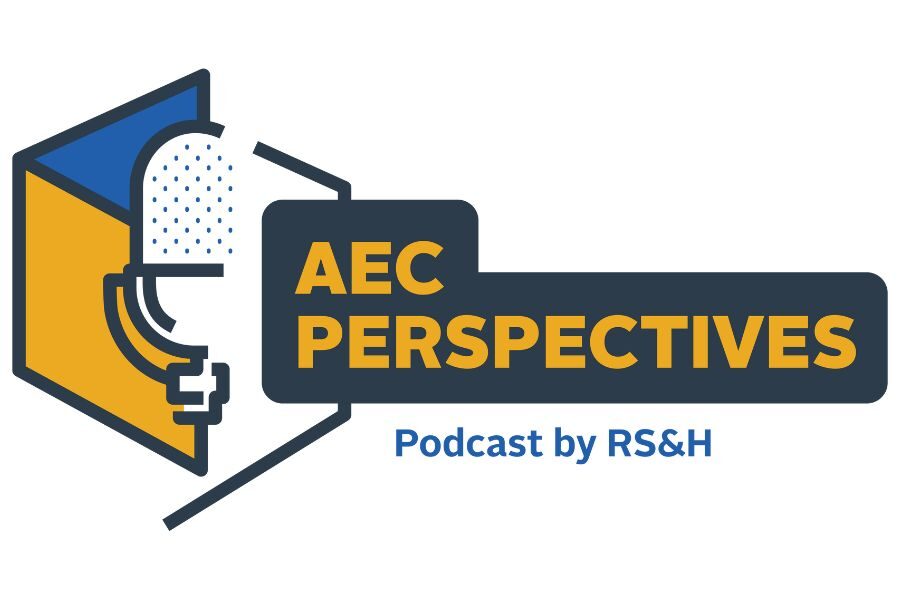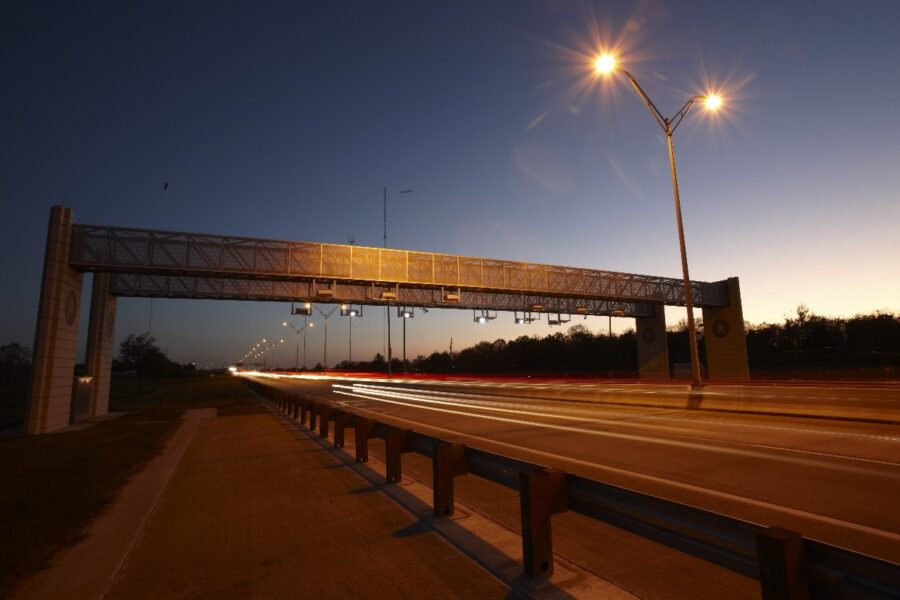Multi-Sector General Permit 2021 Revisions

Earlier this year, the Texas Commission on Environmental Quality (TCEQ) held public meetings to discuss revisions to the Multi-Sector General Permit (MSGP) TXR050000 to better protect our water quality.
These revisions are being made in response to changes suggested by the U.S. Environmental Protection Agency (EPA), with the alterations to the MSGP permit to take effect in April 2021. Similar changes will be coming to various state environmental regulatory agencies based on the EPA’s revisions to federal regulations.
These revisions will not only have a significant effect on day to day business; when it comes time to renew MSGP permits, TCEQ and other state regulators will expect permit holders to be knowledgeable of the new changes.
The implementation of new regulations can be daunting, but we are here to help! This article will briefly cover what the changes are, why they were made, and how to achieve compliance in an efficient way. Let’s get to the meat and potatoes!
TCEQ-MSGP Primer
On Oct. 18, the TCEQ held public meetings to discuss the upcoming renewal to the MSGP. Specifically, the TCEQ was seeking public comment on the following preliminary proposed changes:
- Updating Standard Industrial Classification (SIC) code tables to include North American Industry Classification System (NAICS) codes;
- Adjusting provisional coverage time for paper applications;
- Adding a delegation of signatories’ form on STEERS;
- Refining and consolidating sector-specific numeric effluent limitation tables and monitoring requirements;
- Adjusting benchmark values for biochemical oxygen demand in sector T and total suspended solids in Sector U;
- Streamlining reporting requirements to be consistent with the e-reporting rule;
- Addition of items to the notice of intent (NOI) application;
- Expanding items that require a notice of change (NOC);
- Changing Stormwater Pollution Prevention Plan (SWP3) requirements for hazardous metal waiver criteria;
- Addition of SWP3 requirements for Sector J from the construction general permit; (TXR150000);
- Updating sector L requirements to include new definitions and revisions in SWP3 requirements; and
- Clarifying unclear language and making editorial changes throughout the permit.
These changes are all aimed at streamlining the permitting process and making data management for all parties easier. Let’s take a closer look.
SIC & NAICS Code Changes
To begin, the addition of NAICS codes is welcome, as this makes identifying the correct industry code easier. Furthermore, the TCEQ also is updating the descriptions of certain SIC codes to be consistent with Occupational Health and Safety Administration’s (OSHA) descriptions. In terms of industry wide impact, they should be minimal; this will just make the process of applying for a new permit more streamlined.
Paper Permit Submission Changes
The second change has significant impacts for facilities submitting paper permits. Currently, the provisional coverage provided by the MSGP is 7 days from the postmark date of the permit. The proposed change cuts that down to 48 hours, and the justification is to make the provisional coverage uniform across all permits.
For facilities choosing to file paper permits, caution must be applied when it comes to permit renewal. If anything goes sideways, which as we all know tends to happen, then facilities could find themselves operating without a permit.
Signatory Letter Changes
The next change was minor and appeared to be well received by industry. The delegation of signatory letters moves the over to State of Texas Environmental Electronic Reporting System (STEERS), so the submission of signatory letters will be done online.
Following that change, the TCEQ proposed changes to the sector-specific numeric effluent limitations. The proposed change involves revisions to tables in Part V of the MSGP for the sector-specific numeric limitations to clarify SIC code activities that are required to conduct monitoring and consolidate reporting requirements – and moving those reports to Part III of the MSGP. Finally, permittees that are subject to the above reporting requirements are now required to conduct their reporting through the new NetDMR unless permittees are trying to qualify for an eReporting waiver.
Essentially, the TCEQ is planning on consolidating some parts of the MSGP and placing the requirements in the same place to make to permit easier to use.
eReporting/NetDMR Changes
The first change is to clarify how to report sampling and monitoring results under eReporting or NetDMR. The TCEQ is adding the following to NetDMR:
- Sampling benchmarks;
- Sector-specific numeric effluent limitations on NetDMR;
- Hazardous metals forms; and
- A new section on pollutant of concern.
These requirements are already in the permit; they are just being added to the online reporting system. Once the system is up and running, it will make submitting a report or managing a permit a little easier.
NOI/NOC Changes
In conjunction with the above change, the TCEQ is also proposing the addition of several items to the NOI. Those items are sector-specific activities with the correlated numeric effluent limitation, discharging a pollutant of concern, and the status of a facility (active/inactive). These additions appear to be administrative and will not require a facility to take any immediate action, but when renewal time comes around, permittees should be aware of these items.
Along with an updated NOI, the TCEQ is adjusting the Notice of Change (NOC) form. This new form will help streamline dealing with the TCEQ, help ensure compliance, and provide a better overall picture of the actively discharging sources in the state. The NOC form will be required when:
- The status of a facility changes (active/inactive);
- The changing of outfall locations (adding or removing locations);
- Requesting permission to stop benchmark monitoring after two years; and,
- Requesting a hazardous metals monitoring waiver.
This should require less paperwork to be submitted to the State and hopefully make MSGP maintenance activities far less involved.
SWP3 Changes
Speaking of hazardous metals, the TCEQ also proposed an addition to the required SWP3. Currently, hazardous metals waivers are a signed form. Going forward, permittees must document the criteria used to claim the hazardous metals waiver and include documentation in the SWP3. This, overall, will benefit the water health of the state as bad actors will no longer be able to pencil whip the hazardous metals waiver.
Sector T & Sector S Changes
The next change only impacts specific industries, but any readers involved in these industries should take note. For benchmark values related to Sector T (treatment works) and Sector U (food and kindred products), the proposed change is to lower biochemical oxygen demand (BOD) thresholds from 20 mg/L to 15 mg/L for Sector T facilities and lowering total suspended solids (TSS) from 100 mg/l to 50 mg/L at sector U facilities.
This means both sectors will have stiffer operational limitations. Both limitations are achievable, but in the case of sector U, it may involve the utilization of more stringent best management practices (BMPs) to reduce the amount of particulate matter carried by stormwater. A good example of a BMP would be hardy vegetation that provides a buffer for water exiting outfalls.
In Sector T, significant changes may be required for treatment systems not already achieving the 15 mg/L BOD requirement to their outfalls.
Sector L Changes
Sector L includes landfills and land application sites, although the proposed changes are not as far reaching as the changes mentioned above. The TCEQ proposed the addition of definitions for Final Cover and Intermediate Cover based on the definitions in 30 TAC Chapter 330 (Municipal Solid Waste) and a revision to the SWP3 requirement.
The new requirement necessitates SWP3s to include active, inactive, and closed municipal solid waste landfill units on the site map as a part of the SWP3.
Conclusion
All in all, this cycle of the MSGP renewal and revision went very smoothly. The revisions seem to be aimed at making the MSGP permitting process much more streamlined while working with the regulations in place to maintain and protect the surface water in the State of Texas.



